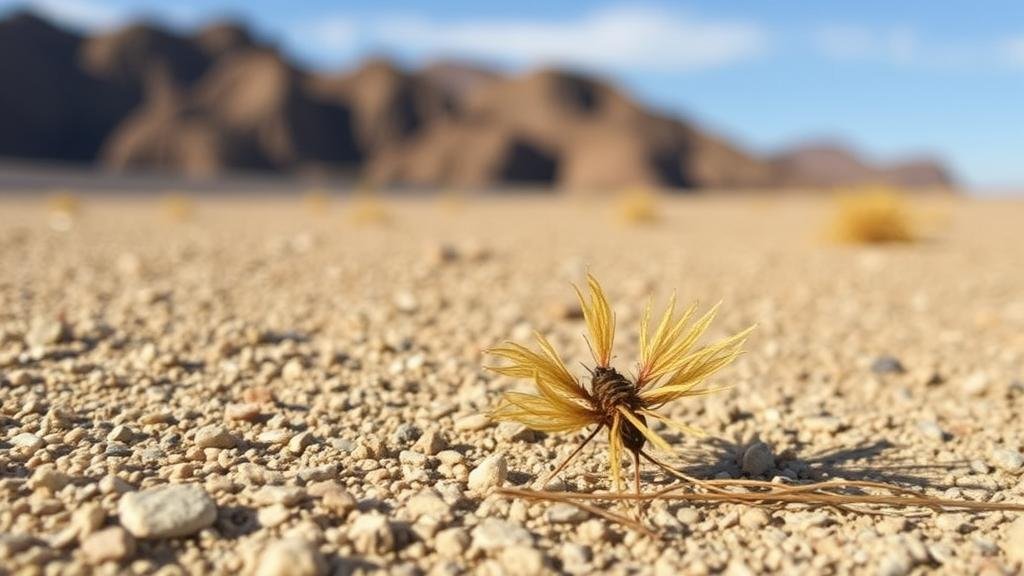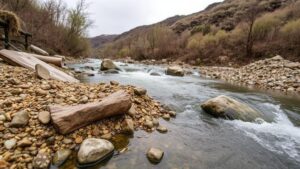Spotting Gold-Bearing Indicators in Desert Washes
Spotting Gold-Bearing Indicators in Desert Washes
The search for gold has captivated human interest for centuries, and for prospectors in arid regions, understanding how to spot gold-bearing indicators in desert washes is paramount. Desert washes are ephemeral streams formed primarily during rare rainfall events, transporting sediments from higher elevations to basins. This article provides practical insights into identifying gold indicators within these unique geological settings.
The Geology of Desert Washes
Desert washes are characterized by their sandy to gravelly beds and can often reveal important clues about mineral deposits. sediment found within washes may originate from various geological formations, making it critical to understand the composition and landscape to effectively search for gold.
Factors to consider include:
- Source Rock: Gold is often found in association with quartz veins, so identifying the bedrock upstream can provide leads on potential gold sources.
- Mining History: Areas with historical mining activity are more likely to contain residual gold deposits, particularly in downstream deposits where heavier materials settle.
Key Indicators of Gold Presence
Understanding geological indicators is essential for successful prospecting. Here are some primary indicators to look for in desert washes:
- Color Variation: Gold is heavy, causing it to settle at different densities. Look for darker materials contrasted against lighter sands, which may indicate the presence of precious metals.
- Black Sand Concentration: Deposits of black sand often accompany gold because they contain heavy minerals that are similarly dense. presence of magnetite or ilmenite can point toward nearby gold deposits.
- Ripple Marks and Potholes: Erosional features like ripple marks can signify areas where heavy minerals, including gold, have been deposited over time.
Techniques for Sampling
To substantiate findings in desert washes, specific sampling techniques can enhance the likelihood of discovering gold. Some methods include:
- Panning: This classic method involves using a shallow pan to wash sediments, allowing lighter materials to flow away, revealing any gold particles.
- Sluicing: A sluice box allows for larger quantities of sediments to be processed simultaneously, increasing efficiency and the potential for greater findings.
In a case study in California’s Mojave Desert, gold prospectors utilized panning techniques and were able to consistently find gold flakes along certain stretches of the wash where black sand concentrations were notably higher.
Environmental Considerations
When prospecting in desert washes, environmental stewardship is vital. Gold seekers must be aware of regulations regarding land use and mining practices. Many areas are protected due to wildlife habitats or conservation efforts.
Adopting sustainable practices, such as minimizing disturbance to the surrounding environment and following local regulations, is essential. This not only preserves the ecosystem but also ensures safe and responsible prospecting.
Conclusion and Actionable Takeaways
Spotting gold-bearing indicators in desert washes requires a combination of geological knowledge, practical sampling techniques, and adherence to environmental regulations. By focusing on indicator signs such as color variation, black sand concentration, and knowing your sampling techniques, prospectors can significantly increase their chances of finding gold.
In summary, recall the following action points:
- Study the geology of your targeted area.
- Identify signs like black sand and color contrasts.
- Use effective sampling methods like panning and sluicing.
- Respect environmental regulations and practice responsible prospecting.
With these guidelines, prospective gold seekers can enhance their field techniques and discover the treasures that lie hidden in the desert washes.


